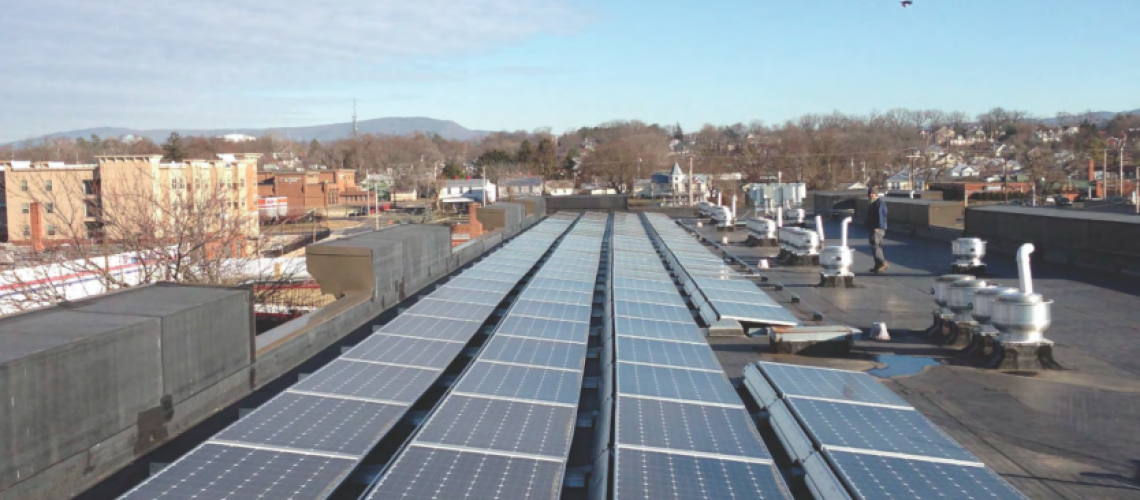Under a new executive order, environmental justice will be embedded into the work of federal agencies with special focus on communities most affected by toxic pollution and disproportionate environmental harms.
President Biden signed the executive order, Revitalizing Our Nation’s Commitment to Environmental Justice for All, further embedding environmental justice into the work of federal agencies and established an Office of Environmental Justice at the White House. The executive order focuses on communities most affected by toxic pollution and disproportionate environmental harms.
The new order builds on and supplements the efforts of Executive Order 12898, signed by President Bill Clinton nearly 30 years ago. The new order states that environmental justice is the duty of all executive branch agencies. It directs agencies to better protect overburdened communities from pollution and other environmental harms. It aims to strengthen engagement with communities and mobilize federal agencies to confront existing and legacy barriers and injustices. The order directs agencies to identify and address gaps in science, data, and research related to environmental justice, and to make information on environmental and health concerns more publicly accessible to communities.
In addition, the order calls for a new Office of Environmental Justice within the White House Council on Environmental Quality. It also establishes the White House Office of Environmental Justice, led by the federal chief environmental justice officer, and its role will be coordinating the implementation of environmental justice policy across the federal government. Also established is a new Environmental Justice Subcommittee within the National Science and Technology Council, led by the Office of Science and Technology Policy.
With the goal of increasing accountability and transparency, federal agencies will assess their environmental justice efforts and will also develop an environmental justice strategic plan. An environmental scorecard is one of the ways in which the accomplishments will be made public. The first version of the scorecard establishes a baseline for tracking the federal government’s efforts through 24 agencies to secure environmental justice, including to advance the Justice40 Initiative. This initiative has a goal of delivering 40% of overall benefits of federal climate, clean energy, affordable and sustainable housing, clean water, and other investments to marginalized, disadvantaged communities that are overburdened by pollution.
“A White House office of environmental justice is a hard-fought victory that’s long overdue, but it needs to be empowered,” said Jean Su, director of the Center for Biological Diversity’s Energy Justice program. “A fundamental part of the president’s first-ever Environmental Justice Scorecard needs to be saying no to the fossil fuel projects that pollute communities of color and sow climate chaos… It’s high time Biden showed up for environmental justice communities and the planet instead of fossil fuel companies.”
The announcement of the new executive order follows introduction of a bill by Speaker of the House Kevin McCarthy (R-CA) called the “Limit, Save, Grow Act” that would make cuts to renewable energy spending while supporting domestic oil and gas production. Provisions within the bill would gut the Inflation Reduction Act (IRA), which includes nearly $400 billion in federal spending to support the energy transition including funds going to “energy communities” that will be supported under the new executive order.



